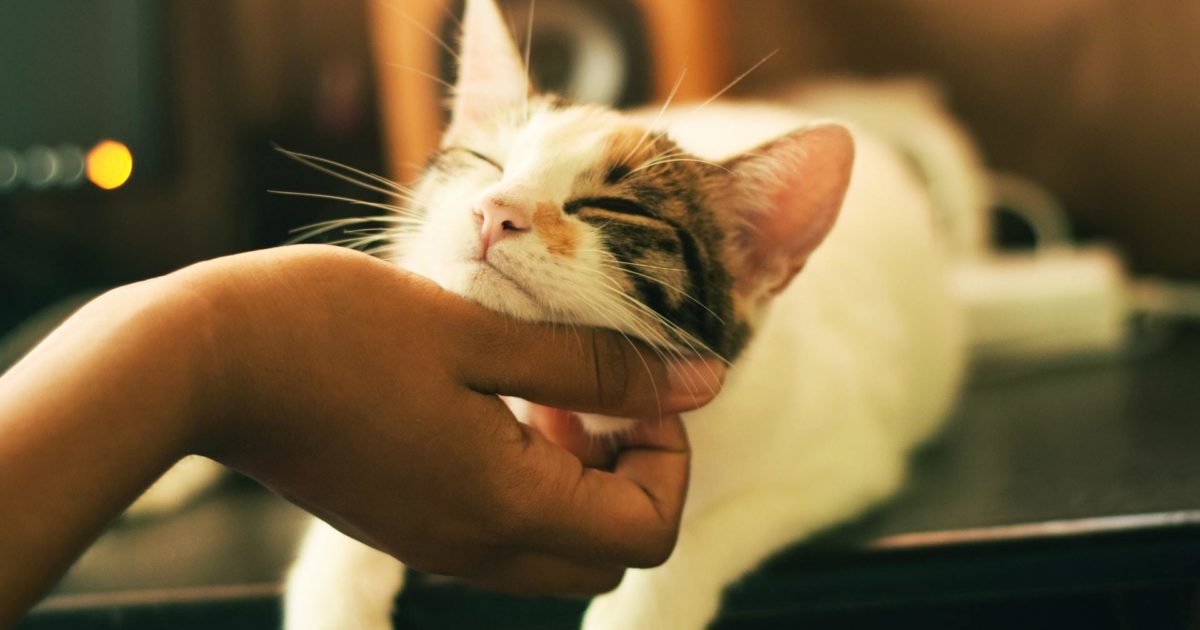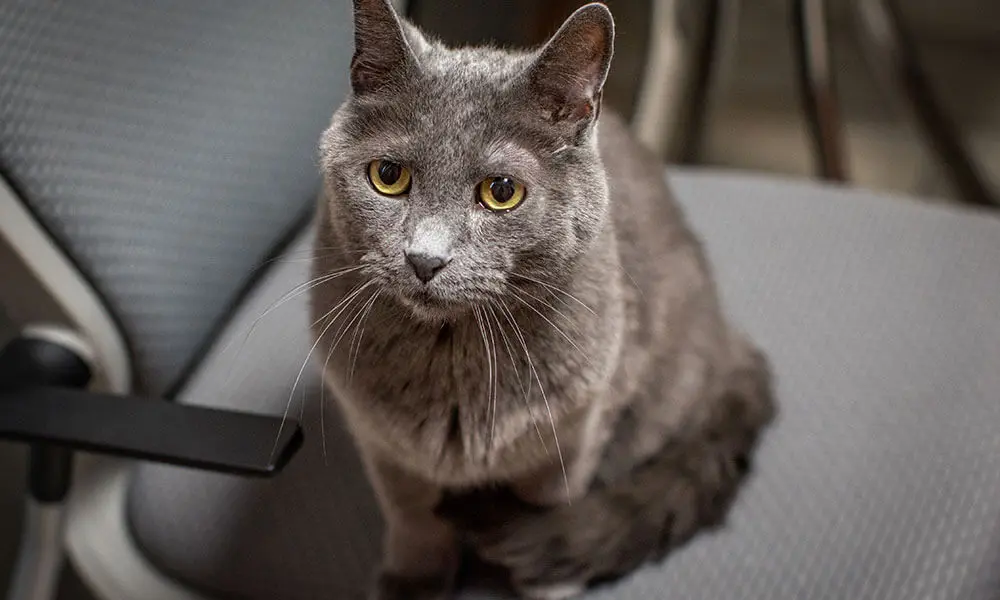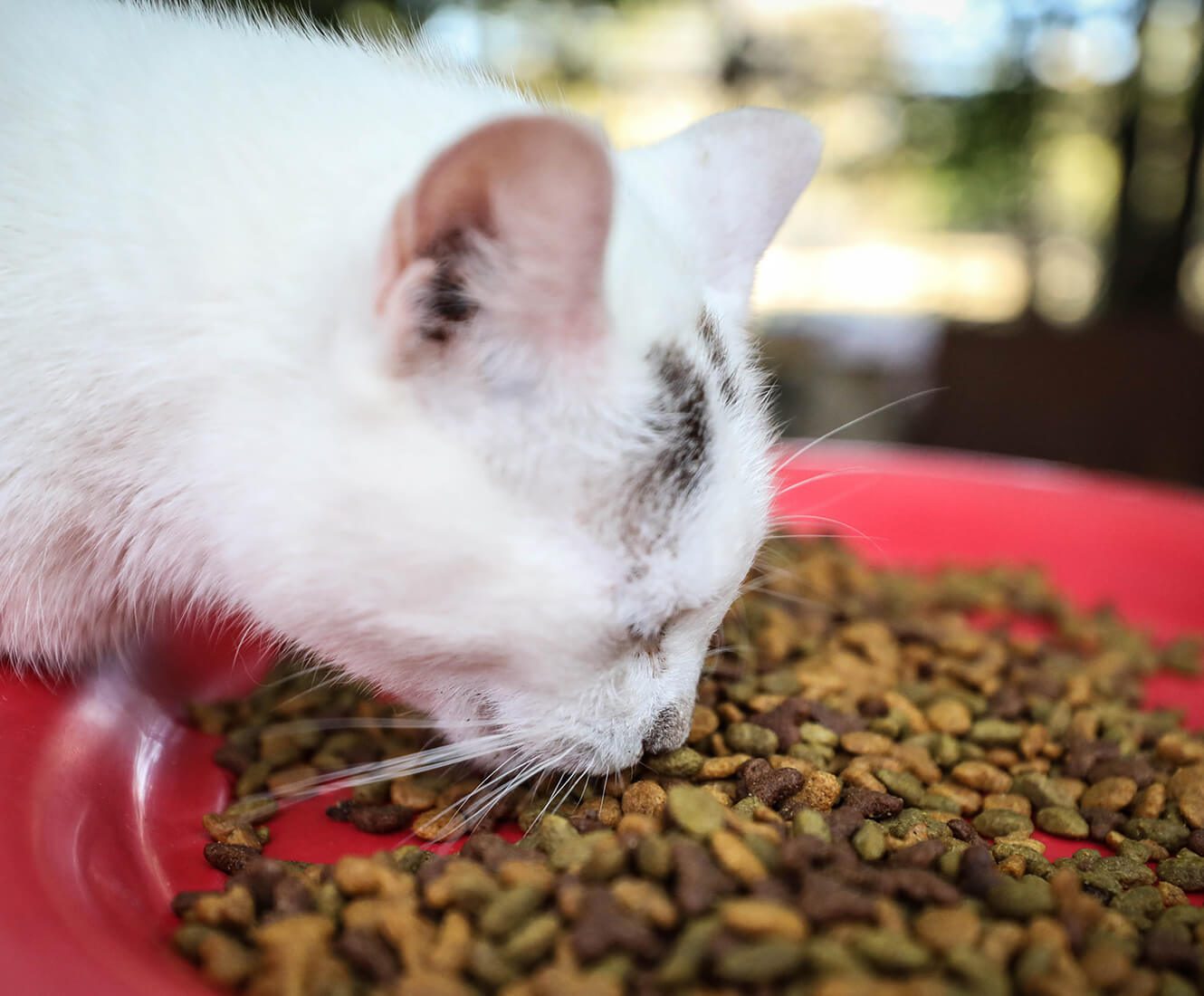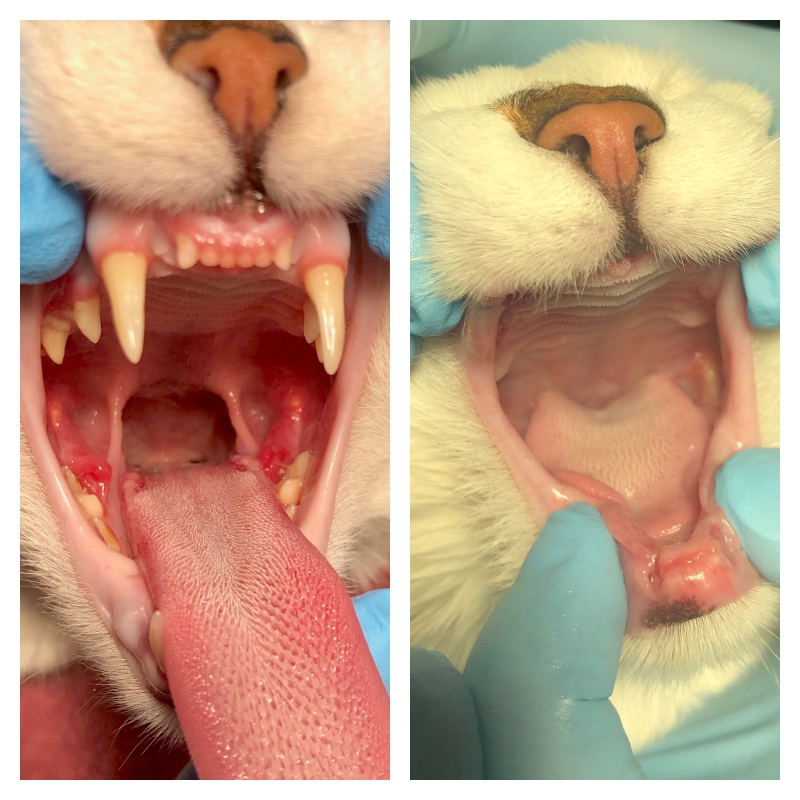tooth resorption cats prognosis
Symptoms of tooth resorption in cats. This is a common feline dental disease affecting between 20 and 60 of all cats.

Feline Tooth Resorption Today S Veterinary Practice
If your cat is showing any symptoms as described above your vet may also recommend blood tests urinalysis sedation and dental x-rays.

. A thorough physical exam by your vet along with sedation to further evaluate the mouth gums and teeth using dental x-rays is the best way to diagnose TR in cats. This acid breaks down the enamel and dentin of the tooth which can kill the tooth. Dale Kressin DVM DAVDC of Animal Dentistry and Oral Surgery Specialists LLC.
This is normally followed by a detailed dental history to confirm any past injuries or dental procedures that might have led to this problem. Over 50 of adult cats develop tooth resorption. However subtle indications include a tendency to gobble up their food quickly as eating causes pain or only eating on one side of their mouth.
Various studies have found 28-67 of cats have tooth resorption and it is the most common cause of tooth loss in the cat. Tooth resorption also called feline odontoclastic resorptive lesion is when the tooth starts breaking from the inside. Feline tooth resorption is a common painful condition in domestic cats.
Cats are masters at masking symptoms when unwell and the majority will not tolerate owners looking into their mouth. Routine radiography is required for timely diagnosis as clinical visual and tactile methods only detect late-stage lesions -. Diagnosing Tooth Resorption in Cats.
This problem is the most common oral disease found in cats affecting up to 60 percent of domestic felines. Many cat owners have not heard of feline tooth resorption. TOOTH RESORPTION IN CATS Pathophysiology and treatment options Practical relevance.
ECR also occurs in domestic captive and wild cats and the pathology is known in the veterinary literature as feline dental resorptive lesions feline odontoclastic resorptive lesions. As the dental disease progresses the symptoms your cat may show include difficulty in eating dribbling saliva face rubbing jaw chattering and weight loss. Kressin will diagnose and treat.
Your cat may also start to prefer wet food over dry kibble and the wet. Tooth Resorption vs. It is a common cause of tooth loss in cats.
Feline Tooth Resorption is a very painful condition that negatively impacts on a cats quality of life. Cats are masters at hiding pain so it can be tricky to know if theyre having dental troubles. Tooth resorption is different from cavities aka caries that are so common in people.
Sometimes the entire crown of the tooth may be missing. Tooth resorption is common in the domestic cat and the incidence has been reported to increase with increasing age. This painful condition is believed to affect more than 65 of cats during their lifetime.
Tooth resorption can be difficult to detect with cats often masking signs of oral discomfort or pain. Feline tooth resorption may show no visible signs other than gingivitis gum inflammation in its early stages although you may also notice signs of blood in your cats water or food bowl. Cats with clinically missing teeth have also been found to be more likely to have tooth resorption.
Recently ECR has been associated with viral etiology. Without treatment a cat is in extreme pain may stop eating become very ill. The most common dental disease in domestic cats is a destructive process called tooth resorption.
More than 70 of cats over five years of age show signs of tooth resorption. Tooth resorption also known as feline odontoclastic resorptive lesion FORL is a dental disease characterized by progressive erosion of dentin and tooth destruction. Feline immunodeficiency virus and stress on the teeth due to poor dental alignment can also trigger tooth resorption in some cats.
Symptoms of tooth resorption Feline. Indeed this condition often goes unnoticed. Diagnosis of Tooth Resorption in Cats.
The diagnosis of root resorption basically depends on the affected part of a tooth. What cats are at risk of tooth resorption. Here is what you as a cat parent need to know about this commonly underdiagnosed dental health concern.
Tooth resorption is progressive and may be singular or multiple and on the lingual side where the tongue is or buccal side where the cheek is side of the tooth. All cats can develop feline tooth resorption. Feline tooth resorption is a dental disease that occurs when the body breaks down and absorbs the structures of your cats teeth.
Certain breeds of cats like Siamese Persians and Abyssinians appear to be more susceptible to the disease but again any cat can develop these lesions. Dental check-ups should be a part of your cats annual vet visit. In the case of internal resorption the dentist may notice dark spots inside the tooth in an x-ray.
If visible signs of dental issues or symptoms of pain can be seen in your cat bring it to your veterinarian for evaluation. The cause of tooth resorption is currently unknown but the condition seems to develop when a cell within the tooth called an odontoclast is activated and. Tooth resorption is seen as a pinkish defect where the tooth meets.
It usually starts in the enamel along the gum line and continues towards the tooths center chamber where the blood vessels lymphatic vessels and nerves are located. Cavities are caused by bacteria that create acid. Symptoms of tooth resorption.
Females and cats over five years of age are more prone to tooth resorption. 1 Cavities have only been noted in cats in fossils from the 13 th century. In fact its one of the most common oral conditions seen in cats.
It also contains an inner canal filled with nerves blood vessels and lymphatic vessels. A cats tooth has an upper portion crown and a lower portion root. All types of teeth in the feline dentition may.
The vet will perform a complete physical examination of the cat which will include extra focus on the oral cavity. Tooth resorption in cats is an important dental disease.

Juvenile Gingivitis Periodontitis Advanced Animal Dentistry

External Tooth Resorption In Cats Part 2 Therapeutic Approaches Today S Veterinary Practice

Feline Tooth Resorption Today S Veterinary Practice
Tooth Resorption In Dogs And Cats Vetbloom Blog

Dental Corner How To Detect And Treat Feline Odontoclastic Resorptive Lesions

Feline Tooth Resorption A Guide For Cat Owners 1st Pet Veterinary Centers Az
Tooth Resorption In Dogs And Cats Vetbloom Blog

Feline Tooth Resorption Today S Veterinary Practice
Tooth Resorption In Cats Symptoms Treatment Prevention Basepaws

Feline Tooth Resorption How To Help Your Cat Firstvet

Nomenclature In Vdos Vdos Consulting Alexander Reiter

External Tooth Resorption In Cats Part 2 Therapeutic Approaches Today S Veterinary Practice

What Is Tooth Resorption In Cats Bluepearl Pet Hospital

Tooth Resorption In Cats Unfortunately Often Goes Undiagnosed

External Tooth Resorption In Cats Part 2 Therapeutic Approaches Today S Veterinary Practice
Tooth Resorption In Dogs And Cats Vetbloom Blog

3 Ways To Deal With Tooth Resorption In Cats Wikihow
